My 3 year-old obsessively collects and now that fall is around the corner our house is overflowing with pinecones. On one of our recent neighborhood walks in the rain, my kiddos noticed the once open pinecones were closed. This lead to this simple pine cone science activity to see just what makes cones open and close. It’s a perfect kids’ science activity for fall!
For more science exploration, check out our 30 Science Experiments that will have your kids’ jaws dropping with wonder!
Getting Ready
For this experiment, I collected a few items:
- Pinecones
- A jar or large bowl
- Water
First, I had my kids select a few pinecones from their collection to investigate. I started by asking why they thought pine trees had cones.
“Seeds!” my 5 year old shouted. We turned to searching the cones for the seeds. They noticed the seeds were located on each scale.
After trying to pry the seeds out with their fingers without success, both kids instantly began tapping the cones on the tables to knock out the seeds. (If this doesn’t work wrap the cone in a dish towel and twist it a few times to loosen the seeds.)
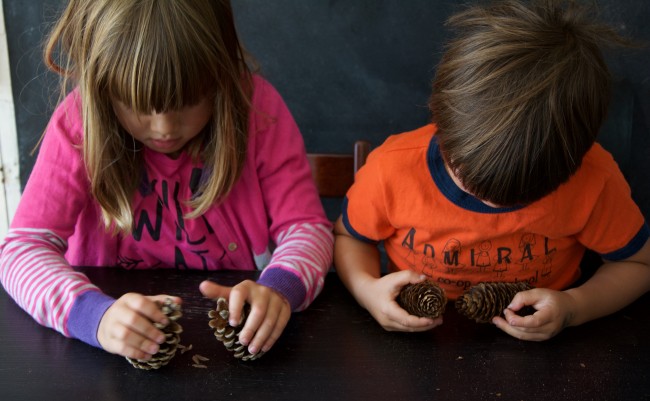
We were all surprised to see the seeds were winged just like maple seeds and also rely on wind for seed dispersal.
Once the kids had explored the pinecones, we turned our attention to finding out why some cones are closed while others are open. I asked my kids to recall where they usually found closed cones versus open ones.
My 5 year old said she finds open ones on the ground. When she picks fresh ones from the tree, they are closed really tight but the other day she found closed ones on the ground after it rained.
After a little more inquiry, we decided moisture had something to do with the cones closing.
For the experiment, I had each child pick two cones of the same type and same size. This would allow them to compare the closed and open cones without having to wait for the wet cones to dry.
Then I had them place one of their cones in a tall vase of water. Dry pinecones float and it isn’t necessary to completely submerge them but my kids insisted so we added a small glass to the vase.
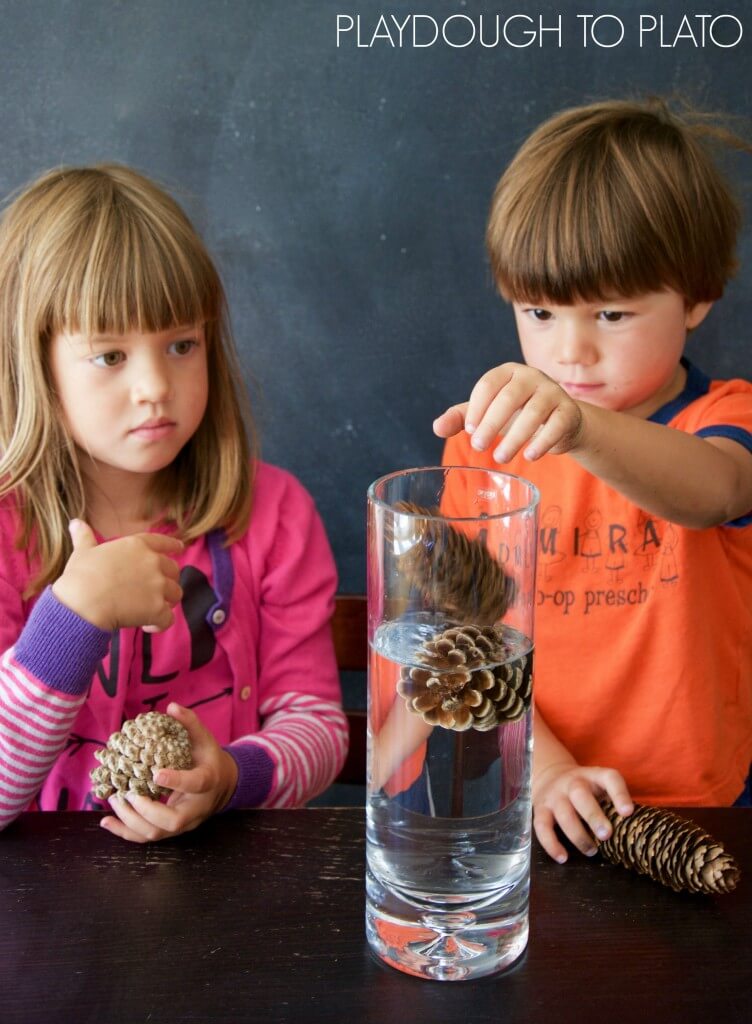
After about 5 minutes, we could already see the cones closing. I called my kiddos back twenty minutes later and they eagerly reached in to see what happened to their cone. They were shocked that the cones closed.
When I asked them why the cones close when wet, my daughter guessed that it wasn’t good for the seeds to get wet. She was on the right track – this was a wonderful example of adaptation.
After the kids tried to pry the scales open, they decided to place the wet cones on a window sill to see if they would open up again. A couple of days later and the cones were completely dry and once again wide open. Almost magical!
The Science Behind It
Adaptation occurs when a characteristic has evolved to give an organism a better chance of survival for itself or its offspring. When the weather is wet, the base of each scale absorbs the moisture and swells causing the scale to curve inward. The pine cone closes and the seeds are protected inside the cone at a time when it wouldn’t be best for the seeds to be released.
When the cone dries out, the scales open again and the seeds are free to disperse into the wind. The dry and lighter seeds will travel further distances than heavier wet seeds that may be bombarded by rain.
Jaw Dropping Science
For more scientific inspiration, grab a copy of our Super Cool Science Kit packed with 30 jaw dropping experiments that use just a few common household ingredients.



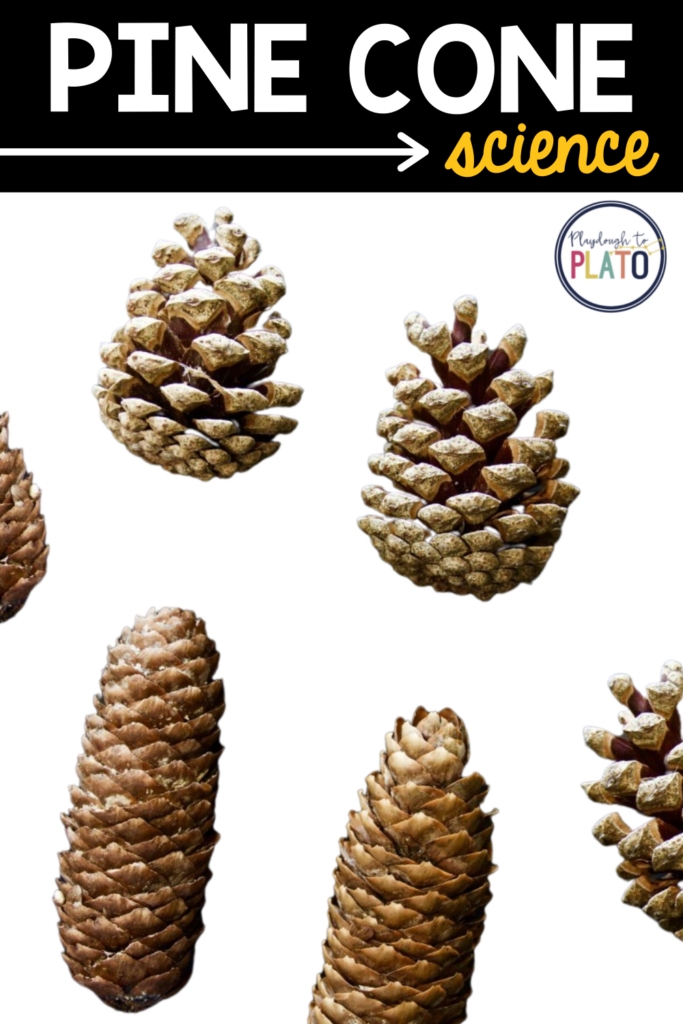
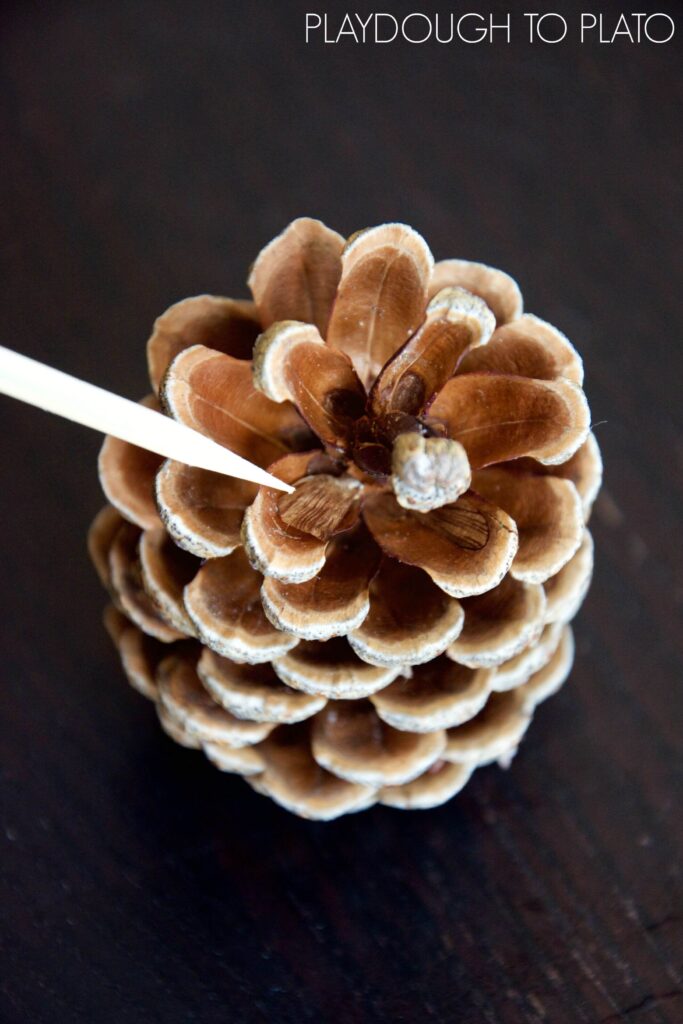
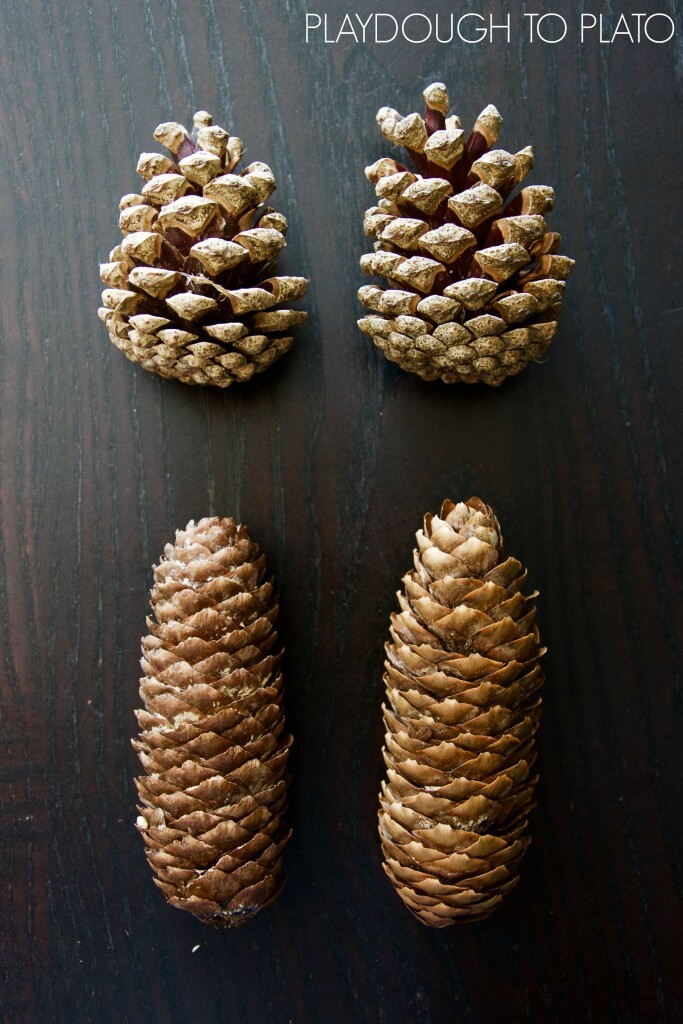
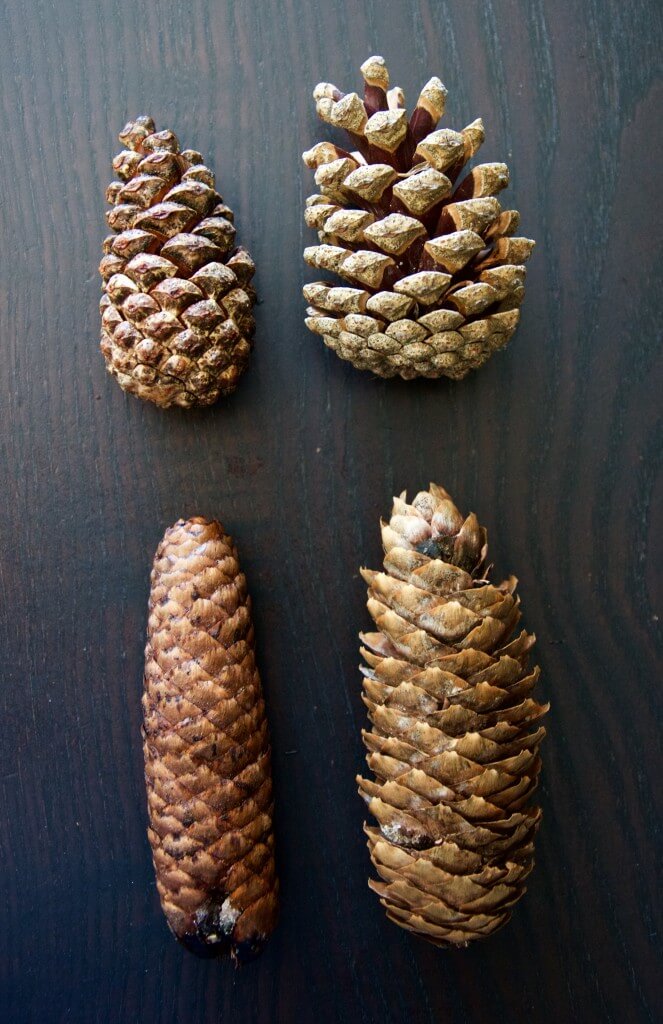

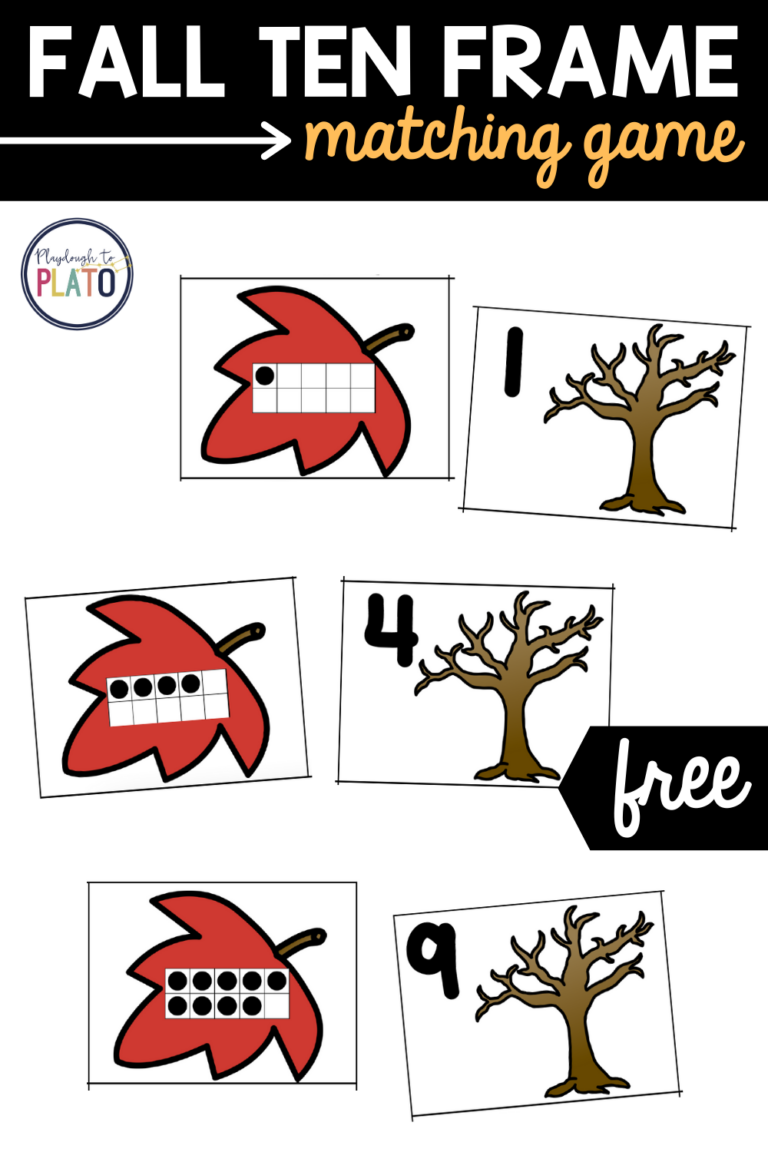

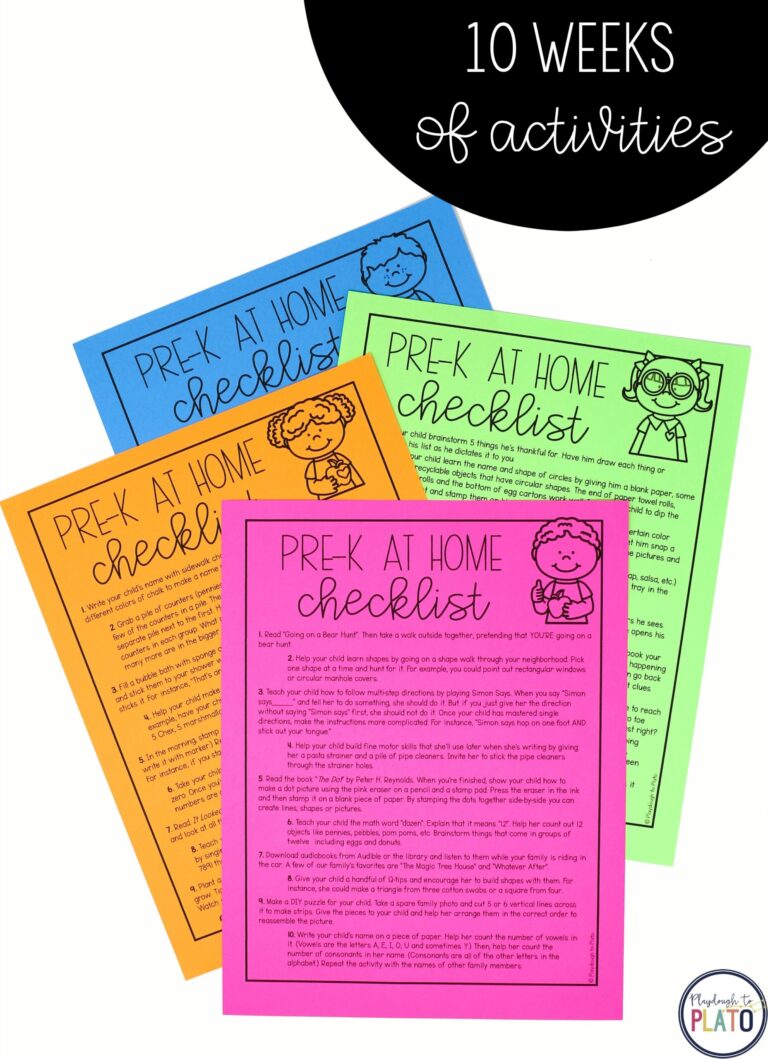
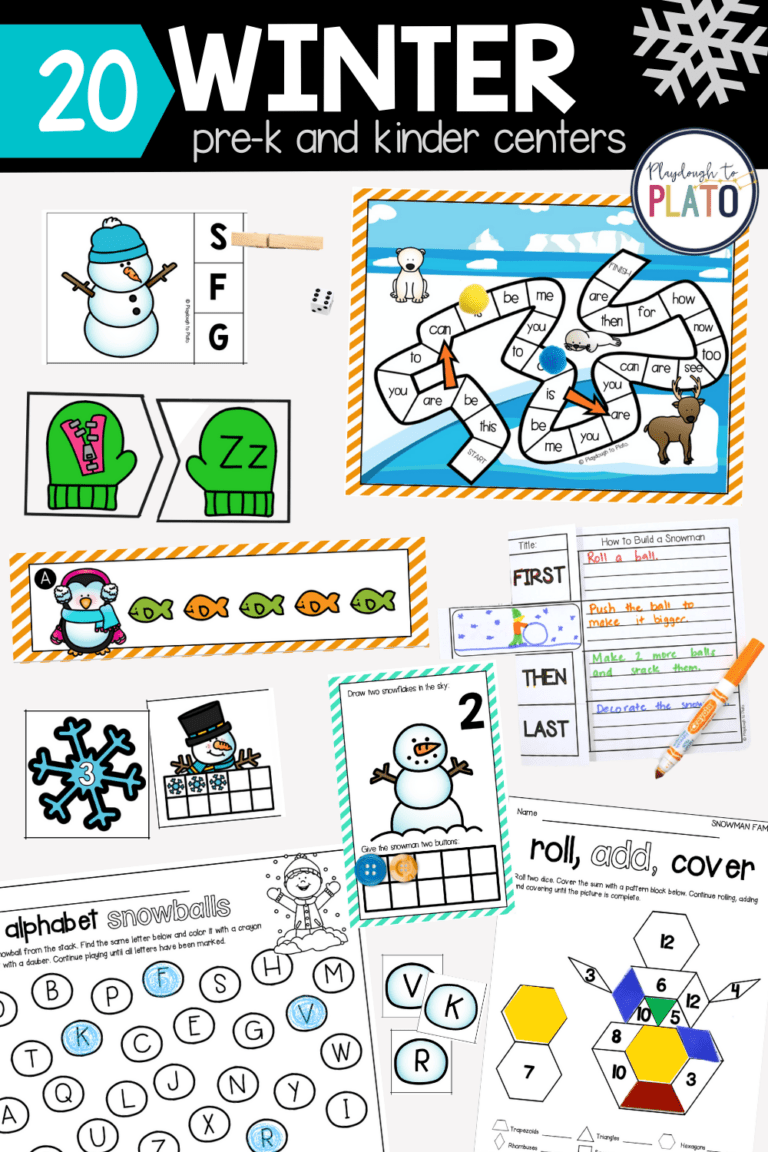

Wonderful!
So glad you enjoyed it Emma!
Warmly,
Ashley // Happiness Ambassador
Wow, this is a wonderful observation event for young ones. Seriously, I need more “be still and know” events.
Having a creator God opening our eyes to His beauty.